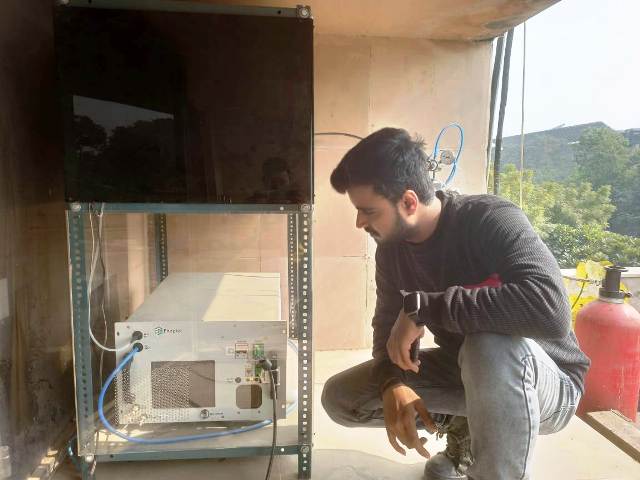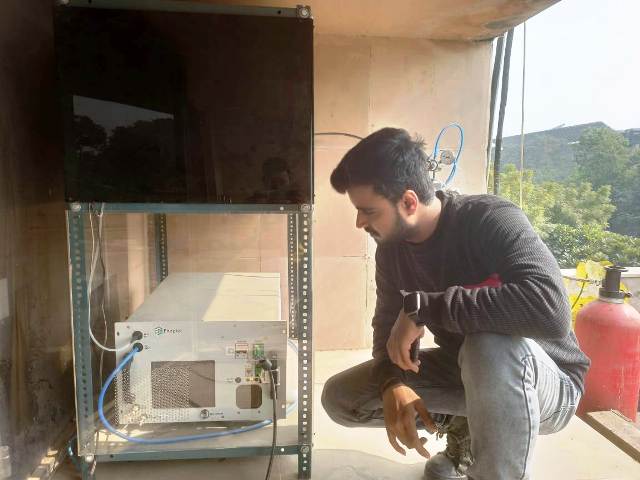AEM based hydrogen generation system
is a technology that utilizes an AEM (Alkaline Electrolyte Membrane) to
generate hydrogen gas through an electrochemical process known as water
electrolysis. This system uses an AEM as electrolyte instead of a traditional
solid polymer electrolyte, allowing for more efficient and cost-effective
hydrogen production. The hydrogen produced can be used for various purposes,
such as energy storage, fuel for transportation and as feedstock for chemical
industry.
AEM based hydrogen generation system
work by splitting water into hydrogen and oxygen through electrolysis. During
this process, an electrical current is passed through an aqueous solution
containing a positive and negative electrode. The positive electrode, called
anode, oxidizes water to release oxygen gas. The negative electrode, called
cathode, reduces water to generate hydrogen gas. The AEM acts as the
electrolyte and serves to separate the two electrodes and transport ions
between them.
Advantages of using an AEM in hydrogen
generation over traditional solid polymer electrolytes include:
· Higher ionic
conductivity, which leads to improved efficiency and lower energy consumption.
· More tolerant to
containments and impurities, leading to improved durability and longer
lifespan.
· Higher operating
temperatures, allowing for more compact and cost-effective designs


